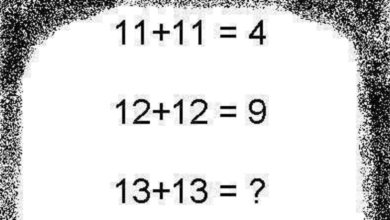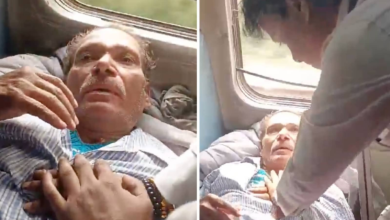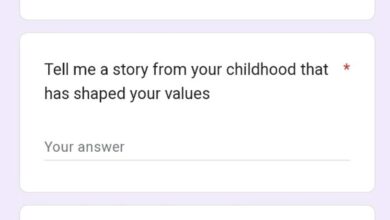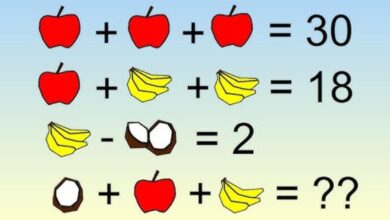‘Raees is a good guy who does bad things’

Raees has not only brought Shah Rukh Khan back as the anti-hero, but has also given Rahul Dholakia his first mainstream success. Rahul, who spent five years on research for the film, says, “As I write and research, I start visualising the film. For people, it might be a jump from Parzania to Raees , but for me it is an evolution. I never hated mainstream cinema.”
Apart from Parzania, Rahul has made Kehtaa Hai Dil Baar Baar and after the National Award winner there was Lamhaa. But he admits that he was conscious of his limitations with the mainstream tropes. “There was a running joke through the shooting that thoda zyada ho gaya, thoda kam kar lete hain ,” says Rahul, referring to his tilt towards masala fare. Like in the drive-in cinema scene, where Raees hits the mill owner. Rahul recalls that there were three options available. “Shah Rukh said if he took him out, it would become too mass.” Finally, the way he did it, Rahul says, with “ Kaala Patthar and its socialist hero” on screen made it look “cool”.
On making a hero out of a bootlegger, Rahul says that it is more about the politics of prohibition. “Gujarat has always been a dry state and the subject of prohibition fascinated me. I wanted to present the pre-2002 Gujarat. Many of us drink. It is definitely not worse than killing people,” he argues. Reports suggest that the film was originally called Hooch, but Rahul denies that Shah Rukh’s entry changed the plot. “The hooch part was always there only for the first few minutes of the film. The crux is that no profession is bad and no profession is above religion until it harms people. Raees realises it early and decides to sell only Indian Made Foreign Liquor (IMFL) because he feels it doesn’t lead to deaths.”
Rahul emphasises that, even as he was writing it, the scale got bigger. “After the first 40-50 pages, I showed it to my Hindi filmmaker friends and they all said: Shah Rukh Khan.” He is emphatic that he didn’t make any changes to suit the star. “The meat market scene was always there. The darubandi yatra scene was always there, and so was the cabaret sequence.” But did the way they were shot change? “Yes, the scale changed. Had it been a Manoj Bajpayee and Nawazuddin Siddiqui film, I would not have had the liberty to shoot it in a slightly glossy and larger-than-life way. Still, we were very miserly in our low-angle and super-wide shots. For a Shah Rukh film, Mohanan has shot it brilliantly in a realistic way.”
Coming to the politics of the film, Rahul doesn’t think selling liquor is a problem. For him, the system is the villain. “I wanted to explore the 1970s and 1980s, but the situation hasn’t changed much. Perhaps, that’s why youngsters relate to it. Even today, people are looking for a hero who can subvert the system and provide them something in return. If people keep getting cheated by the system, they will keep on rooting for characters like Raees, who stands up to the system. It is another matter that they use people along the way to become mass leaders.”
But the fact that the anti-hero is a Muslim is causing concern in some circles. “Neither I nor Raees sees himself only as a Muslim. He is a person who happens to be born in a Muslim ghetto. It is the overindulgence of others who see him just as a Muslim character. My point is there are good Muslims and there are bad Muslims. Moosa is an example.”
Does he give Raees a clean chit? “No, he is a good guy who does bad things. He is not holier than thou. He bribes people. He didn’t need to kill his mentor. It was not always the system that was forcing his hands. But when he kills Jairaj, he returns home and tells his wife, ‘ Main gunhegar ho gaya .’ The beauty is that he takes responsibility for his behaviour. I think that is important and that’s what Shah Rukh also liked,” reflects Rahul.
According to Rahul, what pulled Shah Rukh into the film was the detailed narrative. “We did a lot of rehearsals. I told them that it is the space that I have created for you. Within it, you can do whatever you want. Not just the actors, the crew was also in that space.”
Raees comes across as potent because Rahul has created a strong adversary in the form of Majmoodar. In fact, Nawaz has more punchlines than Raees. “Nawaz’s character is quite quirky. People are noticing his lines much more now, because they have not heard his lines in the promos.” Nawaz has diluted his Urdu diction to sound like a Gujarati cop. “We didn’t want to do a caricature. And being a Gujarati myself, I was particular about it. In Nawaz, we found an actor who improvises on the sets.”
Rahul co-wrote the film with his journalist friends Harit Mehta and Ashish Vashi, who came up with interesting anecdotes. “Like at one point of time, people used to steal Gandhiji’s glasses in Ahmedabad, and authorities had to keep a separate set of glasses. I saw in it an interesting device to establish the brain and daring analogy.” The scene becomes a metaphor for the changing vision of a generation.
Though Raees gets killed, the denouement generates sympathy, for it is Majmoodar, who has to compromise on his principles. “While we were shooting, many people were sympathising with the officer. Others were seeing Raees as Shah Rukh. My point is, if I had allowed him to survive, it would have been like any other mainstream film. Majmoodar had no choice because putting him in jail would have increased his political stature. But yes, it is an open-ended dilemma.”
However, this dilemma augurs well for the growing covalence between mainstream and independent cinema. Here is a filmmaker who has researched about the shape of buttons and the structure of pillars and windows in Hindu and Muslim homes in Gujarat, and then doesn’t mind a Sunny Leone song in his film. “It is a strange combination,” agrees Rahul. “We tried to be truthful to the situation. The film is made with the spirit of an independent film. Be it production designers Anita (Rajgopalan) and Donald (Reagen), or cinematographer Mohanan, most of my technicians had the experience of working in independent cinema. The actors didn’t rush to their respective vans after the shot and worked like a family.”







